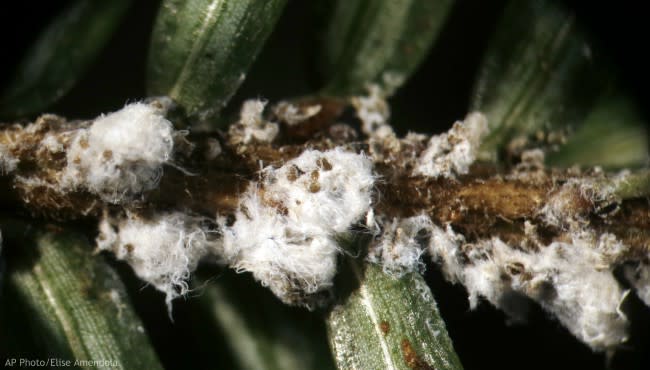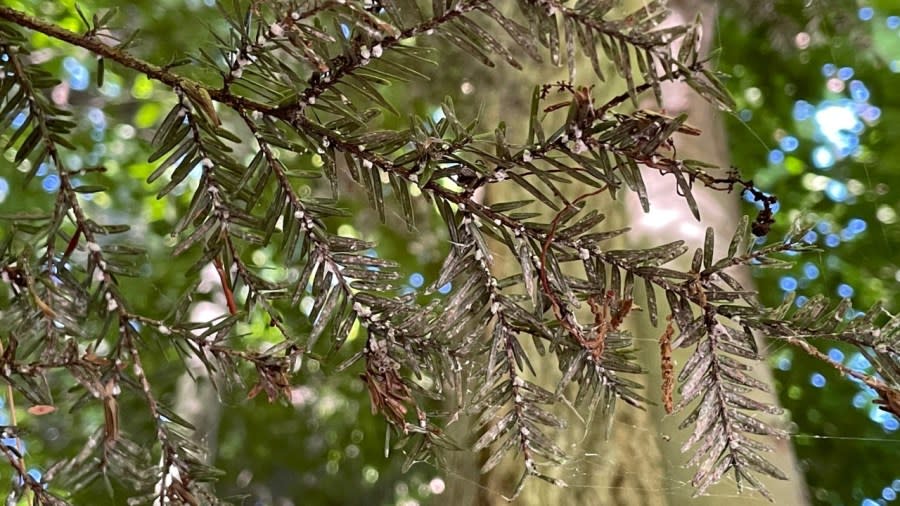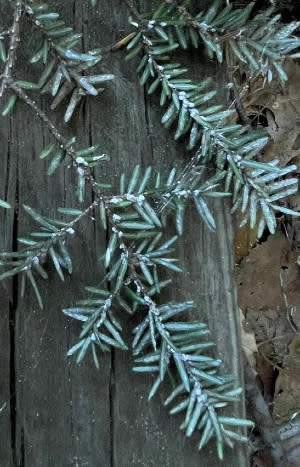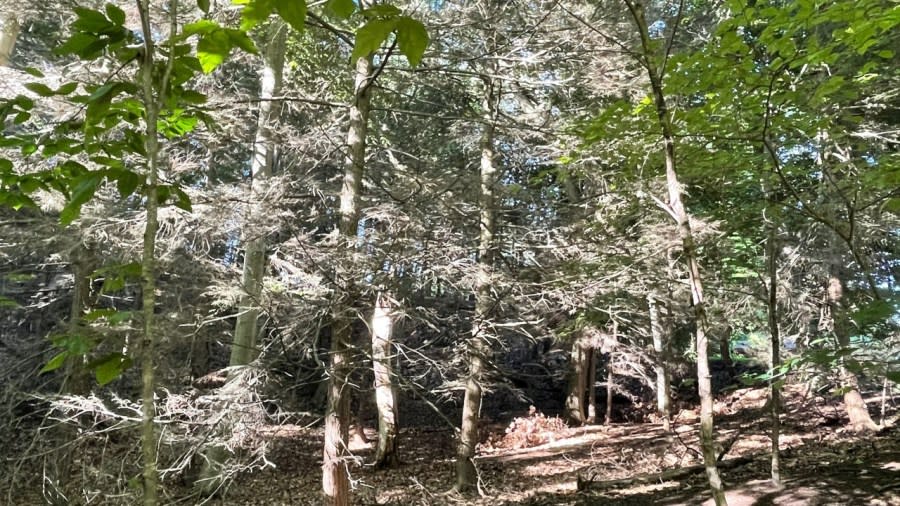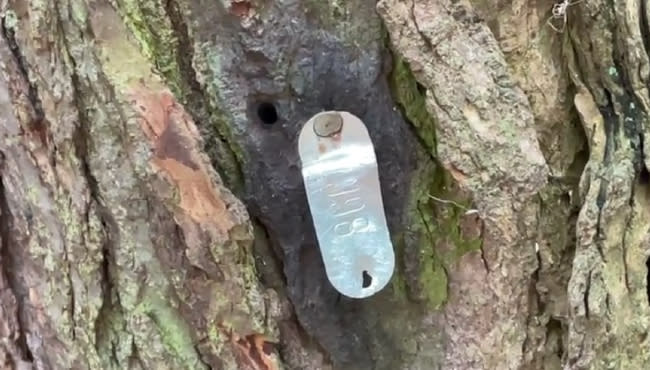Trail closed after invasive insect found at Sleeping Bear Dunes National Lakeshore

GRAND RAPIDS, Mich. (WOOD) — A popular trail within the Sleeping Bear Dunes National Lakeshore is closed after a hemlock woolly adelgid infestation was found earlier this year.
In a statement, the National Parks Service said surveys found a large infestation of the invasive insect on the southern boundary of the Lakeshore. The park has closed the Old Indian trail to treat the trees and to try and prevent the insect from spreading further.
State approves $3.6 million to ward off hemlock woolly adelgid, other invasive species
The tiny bug was first found in Michigan in 2015 and has slowly spread north. Currently, it is found almost exclusively near Lake Michigan. Last week, the Michigan Department of Agriculture & Rural Development announced that the invasive insect had been found in Antrim County — the eighth in the state.
Infestations are confirmed in Allegan County, north through Ottawa, Muskegon, Oceana, Mason and Benzie counties. Washtenaw County is the only county in Michigan with an infestation that doesn’t border Lake Michigan.
Infestations of invasive bug confirmed in Huron-Manistee National Forests
Park officials say the National Lakeshore has conducted winter monitoring surveys on hemlock trees in the park every year since 2018. HWA were spotted on one tree in the Platte River Campground in 2022 and quickly treated.
Park officials hope to reopen the trail later this fall.
Hemlock woolly adelgids on hemlock tree needles are seen through a microscope at a lab in Petersham, Mass. (AP file) A close-up look at an Eastern Hemlock tree in Lake Harbor Park fighting an infestation of hemlock woolly adelgid. (Matt Jaworowski/WOOD TV8) When hemlock woolly adelgid feed, the leave behind a small, white cottony ball called an ovisac that forms at the base of the needles. (Matt Jaworowski/WOOD TV8) Several dying hemlock trees in Lake Harbor Park spotted on July 25, 2022. DNR expert Drew Rayner says the hemlock woolly adelgid is the likely cause. (Matt Jaworowski/WOOD TV8) This photo shows a tag on a hemlock tree in Duncan Woods along with a hole that was drilled to administer a treatment to kill of the hemlock woolly adelgid. (Matt Jaworowski/WOOD TV8)
Hemlock woolly adelgids are often spotted by the white, waxy ovisacs they excrete on the trees in the fall and winter where they feed. Those tiny white ovisacs are between one-fourth and one-sixteenth of an inch and can be found on the underside at the base of the hemlock’s needles.
DNR expert Drew Hayner said the bugs primarily spread by hitching rides on of humans and other animals.
Sign up for the News 8 daily newsletter
Because hemlock woolly adelgids are pulling nutrients from the trees, the hemlocks stop growing and their needles develop a grayish tone. But with treatment — assuming they are caught in time — the insects are killed and the trees can recuperate.
According to the DNR, Michigan is home to more than 170 million mature hemlock trees, which provide important habitat and coverage for wildlife during the winter.
If you spot a tree that you believe is infested with hemlock woolly adelgid, do not remove the material. The DNR asks you to take photos and note the location of the tree, then submit the information to the agency. You can learn more about the invasive species through the DNR’s website.
For the latest news, weather, sports, and streaming video, head to WOODTV.com.
